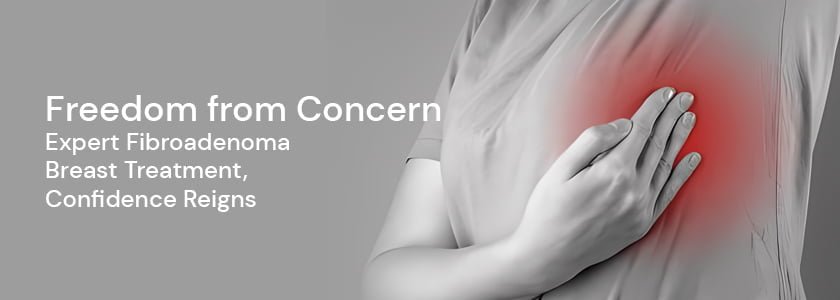Fibroadenoma Breast

Diagnosis
During the clinical breast examination, your doctor will check both breasts for lumps. Some fibroadenomas are too small to feel, so they can only be discovered in imaging tests
Tests to evaluate the breast lump
✓ Diagnostic mammography
Mammography uses X-rays to produce an image (mammogram) of suspicious areas in your breast tissue.
✓ Breast ultrasound
Your doctor might recommend a breast ultrasound in addition to a mammogram to evaluate a breast lump if you have dense breast tissue and if you are less than 30 years.
✓ Fine-needle aspiration
Through a thin needle inserted into your breast, your doctor attempts to withdraw the contents of the breast lump and will send it to lab for analysis
✓ Core needle biopsy
A radiologist with guidance from an ultrasound usually performs this procedure. The doctor uses a needle to collect tissue samples from the lump, which goes to a lab for analysis
Treatment
In many cases, fibroadenomas require no treatment. However, some women choose surgical removal for their peace of mind.
Surgery
Lumpectomy or excisional biopsy. In this procedure, a surgeon removes breast tissue and sends it to a lab for confirmation.
After a fibroadenoma is removed, it’s possible for one or more new fibroadenomas to develop. New breast lumps need to be assessed with a mammogram, ultrasound and possibly biopsy to determine if the lump is a fibroadenoma or any malignancy.
